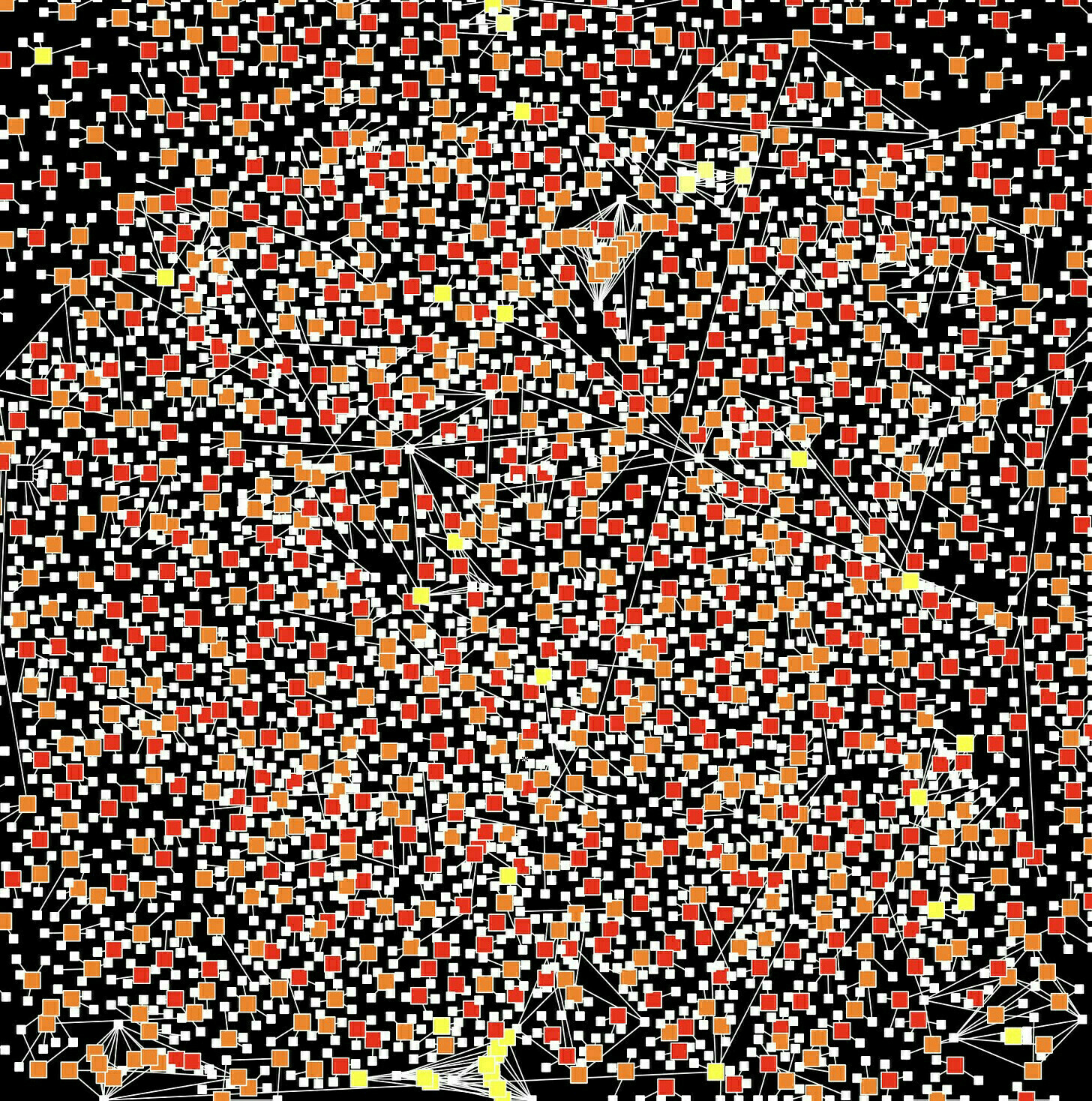NFTs as skeuomorphic baby-steps?
I came across this piece by Simon de la Rouviere via Jay Springett about how NFTs can’t die. Although I don’t have particularly strong opinions either way, I was quite drawn to Jay’s gloss that we’ll come to realise that “the ugly apes JPEGs were skeuomorphic baby-steps into this new era of immutable digital ledgers”.
On the one hand, knowing the provenance of things is useful. That’s what Vinay Gupta has been saying about Mattereum for years. On the other hand, the relentless focus of the web3 community on commerce is really off-putting.
Most databases are snapshots, but blockchains have history. When you see an NFT as having history associated with it, then you understand why a right-click-save only serves to add to its ongoing story. From the other lens, seeing an NFT as only a snapshot, you miss why much of this technology is important as a medium for information: not just in terms of art, collectibles, and new forms of finance.Source: NFTs Can’t Die | Simon de la RouviereThis era will be marked as the first skeuomorphic era of the medium. What was made, was simulacra of the real world. Objects in the real world don’t bring their history along with it, so why would we think otherwise? For objects in the real world, their history is kept in stories that disappear as fast as the flicker of the flame its told over. If you are lucky, it would be captured in notes/documents/pictures/songs, and in the art world, perhaps a full paper archive.
And so, those who made this era of NFTs, built them with the implicit assumption that each one’s history was understood. If need be, you’d be willing to navigate the immutable ledger that gave it meaning by literally looking at esoteric cryptographic incantations. A blockchain explorer full of signatures, transactions, headers, nodes, wallets, acronyms, merkle trees, and virtual machines.
On top of this, most of the terminology today still points to seeing it all as a market and a speculative game. And so, I understand why the rest was missed. The primary gallery for most people, was a marketplace. A cryptographic key to write with is called a wallet. Gas paid is used as ink to inscribe. All expression with this shared ledger is one of the reduction of humanity to prices. It’s thus understandable and regrettable that the way this was shown, wasn’t to show its history, but to proclaim it’s financialness as its prime feature. The blockchain after all only exists because people are willing to spend resources to be more certain about the future. It is birthed in moneyness. Alongside those who saw a record-keeping machine, it would attract the worst kind of people, those whose only meaning comes from prices. For this story to keep being told, its narratives have to change.
